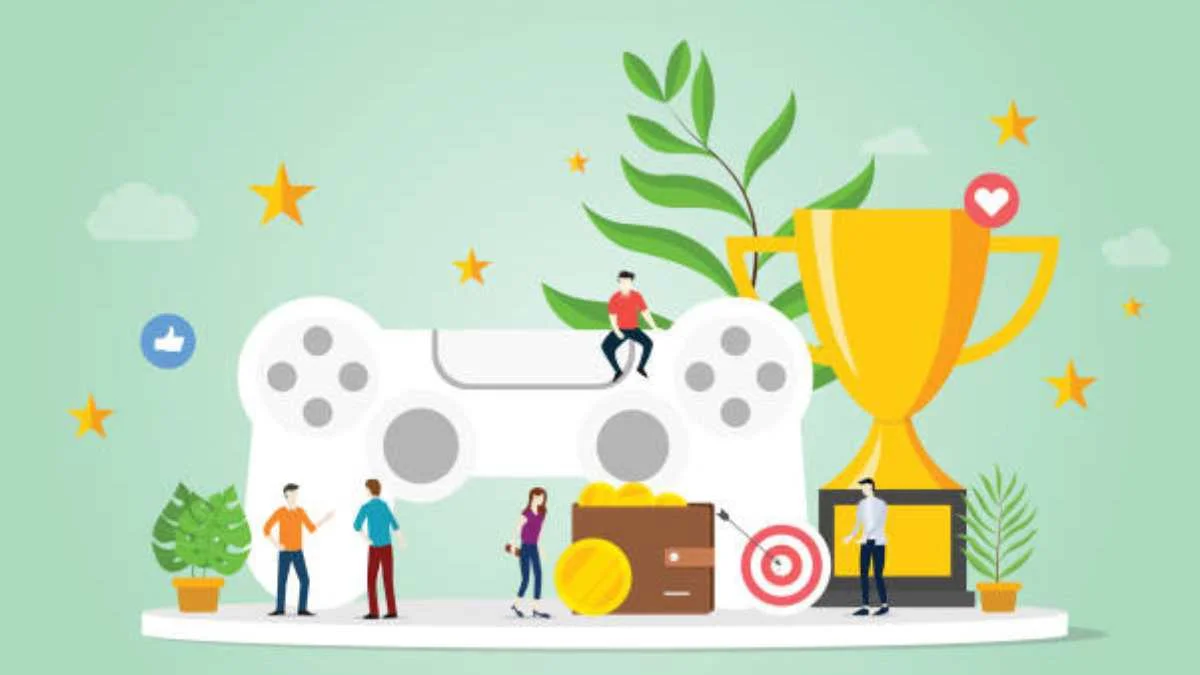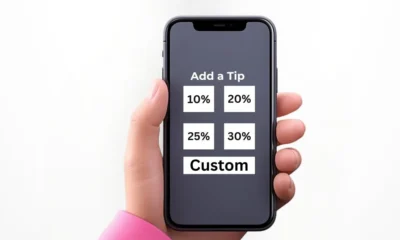GAMES
Boost Engagement with a Gamification Loyalty Program

In an increasingly competitive market, traditional customer loyalty programs are no longer enough to capture and retain consumer attention. Modern shoppers seek experiences that are interactive, rewarding, and personalized. This is where a gamification loyalty program comes into play. By integrating game mechanics into loyalty strategies, brands can boost customer engagement, increase repeat purchases, and create lasting emotional connections with their audience.
In this article, we’ll explore the concept of gamification in loyalty programs, the benefits it offers, successful examples, and how businesses can design a winning strategy that encourages long-term customer loyalty.
What is a Gamification Loyalty Program?
A gamification loyalty program is a customer retention strategy that incorporates game-like elements—such as points, levels, badges, challenges, or leaderboards—into a traditional rewards program. The purpose is to make the customer journey more engaging and fun, which in turn motivates users to interact more frequently with the brand.
Unlike standard loyalty programs that offer points purely for purchases, gamified programs reward customers for a variety of actions, such as writing reviews, referring friends, completing profiles, or engaging with social media content.
Why Gamification Works in Loyalty Programs
Gamification taps into basic human psychology, the desire for achievement, recognition, and reward. When users feel a sense of accomplishment or progression, they are more likely to continue engaging with the program. Here’s why this approach is so effective:
- Instant Gratification: Customers enjoy real-time rewards and feedback, which reinforces their behavior.
- Progression & Motivation: Moving up levels or earning badges gives customers a goal to strive for.
- Fun & Entertainment: Engaging with a gamified system adds an element of excitement to regular transactions.
- Social Sharing: Leaderboards and achievements encourage users to share their success, amplifying word-of-mouth marketing.
Leverage Gamification to transform customer behavior into an enjoyable and rewarding journey that strengthens brand loyalty.
Key Features of a Gamification Loyalty Program
An effective gamification loyalty program combines the best aspects of gaming with practical rewards. Key features include:
1. Points & Currency
Customers earn points not just for purchases but also for completing specific tasks—like watching videos, participating in surveys, or sharing content online.
2. Badges & Achievements
These visual indicators acknowledge customer milestones such as “First Purchase,” “Frequent Buyer,” or “Top Reviewer.”
3. Levels & Tiers
As customers engage more, they advance to higher levels or tiers that unlock premium rewards or benefits. This motivates continuous participation.
4. Challenges & Quests
Timed promotions or tasks (e.g., “Buy 3 times this month to win a bonus gift”) create urgency and excitement.
5. Leaderboards
Adding a competitive element encourages social interaction and increases user involvement, especially in community-driven brands.
6. Personalized Rewards
Using customer data, brands can tailor rewards that match individual preferences and past behaviors.
Benefits of a Gamification Loyalty Program
A well-executed gamification loyalty program offers both immediate and long-term business benefits:
- Higher Customer Engagement: Gamified interactions are more memorable and enjoyable, keeping customers interested over time.
- Increased Retention Rates: Customers are more likely to stay loyal when they’re invested in progressing through the program.
- Enhanced Brand Awareness: Social sharing and competition increase brand visibility.
- More Valuable Customer Insights: Tracking user behavior through gamified elements reveals preferences and patterns.
- Boost in Sales: Rewards and challenges incentivize additional purchases and drive higher average order values.
Real-World Examples of Gamification in Loyalty Programs
1. Starbucks Rewards
Members earn stars for every purchase and can achieve Gold status with additional benefits. The app occasionally runs games or bonus challenges that reward users for specific actions.
2. Nike Run Club
Nike uses gamification through its fitness app by rewarding users with badges, achievements, and community rankings based on their performance and milestones.
3. Sephora Beauty Insider
Sephora combines tiers, points, and surprise perks to create an engaging and dynamic loyalty experience.
4. Duolingo
Though not a traditional retail brand, Duolingo’s loyalty system uses streaks, XP, and leaderboards to keep users coming back daily demonstrating the power of gamified engagement.
How to Design an Effective Gamification Loyalty Program
Creating a successful program takes more than just adding points and badges. Here’s a step-by-step guide:
1. Define Clear Objectives
Do you want to increase sales, boost engagement, gather data, or encourage social sharing? Your goals will shape the design of your program.
2. Understand Your Audience
Tailor the game mechanics to your target customer’s interests and behaviors. For example, millennials may enjoy competition, while Gen Z might prefer social sharing and instant rewards.
3. Start Simple
Introduce a basic point system, a few badges, or a welcome challenge. You can expand the system as you learn more about what motivates your audience.
4. Ensure Mobile Accessibility
Make sure your loyalty platform is mobile-friendly, especially if you’re targeting users who shop online or use mobile apps.
5. Promote & Educate
Use email marketing, in-store signage, and social media to inform customers about the program and how they can benefit.
6. Monitor & Optimize
Track participation rates, redemption, and customer feedback. Refine your program based on what’s working and what isn’t.
Future Trends in Gamification Loyalty Programs
As technology evolves, gamification will continue to play a crucial role in customer loyalty. Key trends include:
- Augmented Reality (AR) Integration: AR games and scavenger hunts can boost in-store engagement.
- NFTs & Digital Collectibles: Some brands are exploring blockchain-based rewards for added exclusivity.
- AI-Powered Personalization: AI will enhance customer journeys with tailored challenges and game paths.
- Voice-Activated Engagement: Loyalty programs may soon extend into smart speakers and voice assistants.
Conclusion
A gamification loyalty program is more than just a marketing gimmick—it’s a powerful tool to captivate, engage, and retain customers in a fun and meaningful way. By incorporating game mechanics into your loyalty strategy, you can foster deeper emotional connections, boost brand affinity, and turn everyday shopping into an exciting experience.
Whether you’re a startup or an established brand, adding elements of gamification can breathe new life into your customer engagement efforts. Remember: when loyalty is fun, customers don’t just come back—they stay for the long haul.
-

 BIOGRAPHY5 months ago
BIOGRAPHY5 months agoBehind the Scenes with Sandra Orlow: An Exclusive Interview
-

 HOME11 months ago
HOME11 months agoDiscovering Insights: A Deep Dive into the //vital-mag.net blog
-

 HOME1 year ago
HOME1 year agoSifangds in Action: Real-Life Applications and Success Stories
-

 BIOGRAPHY12 months ago
BIOGRAPHY12 months agoThe Woman Behind the Comedian: Meet Andrew Santino Wife




























